“ Getting inflation down to 2% will prove challenging — at least without the Fed tightening monetary policy enough to instigate higher unemployment. ”
Unexpectedly strong U.S. GDP growth and consumer price inflation dipping to 3.2% have raised optimism about a soft landing for the U.S. economy and encouraged speculation about where interest rates will settle.
All Federal Reserve Chairman Jerome Powell has to do now to finish the job is to artfully maneuver U.S. monetary policy so inflation slides to 2% without derailing economic growth.
Easier said than done. After a long decline, real wages are rising and indicators of consumer sentiment have improved. The Chips and Science Act and the Inflation Reduction Act, along with enthusiasm for artificial intelligence, have triggered booms in factory construction for semiconductors, electric vehicles, green industries, cloud infrastructure and software development.
To finance federal incentives and more health-care spending, the federal deficit for the fiscal year ending in September will likely hit $1.85 trillion. That’s 6.9% of GDP and well-above the average for advanced industrialized economies.
In 2019, when the economy was last at full employment and before COVID, the deficit was $986 billion— 4.6% of GDP. This 2.3 percentage-point jump in stimulus should support positive real GDP growth, no matter the rate of inflation. If a consumer pullback slows GDP, the hiatus should be brief and shallow.
The consensus forecast compiled by Bloomberg indicates no U.S. recession but rather slower growth in the fourth quarter of 2023 and the first quarter of 2024. Forecasters anticipate the Fed will start lowering interest rates this coming March.
That implies either the consensus of forecasters believes the Fed’s target of 2% inflation is easily within reach, or the U.S. central bank will abandon that goal in favor of something higher—perhaps 3%. Yet getting inflation down to 2% will prove challenging — at least without the Fed tightening monetary policy enough to instigate higher unemployment.
Although the structural constraints on supply that were imposed by COVID — in particular, the COVID shutdown of the Chinese economy and West Coast port backups — have passed, other unforeseen problems have emerged.
Climate change is imposing record storms in some places and droughts in others, constraining agricultural production and impeding shipping along inland waterways and through the Panama Canal. The war in Ukraine is limiting its grain exports, and Kyiv’s new cruise missile capacity permits attacks on Russian Black Sea exports. All this will put upward pressure on food prices in the months ahead.
“ The era of inexpensive labor in Asia to assemble everything from chairs to cell phones is coming to an end. ”
Geopolitical tensions with China, meanwhile, are causing a dramatic shift in the sourcing of U.S. manufacturers. Through the first six months of this year imports from China were down 25% compared to 2022, and China’s share of U.S. imports are down by a third from just before former President Donald Trump took office.
Near term, the resulting Chinese factory deflation and a weakening yuan exchange rate reduce prices for products from China. But as sources of supply rearrange in Asia and some production is reshored or moved to Mexico, higher labor costs will put upward pressure on prices.
In a nutshell, the era of inexpensive labor in Asia to assemble everything from chairs to cell phones is coming to an end, and an important source of low inflation during the pre-COVID era recedes with it.
Those optimistic about a soft landing — accomplishing sustainable inflation at 2% while continuing a reasonable pace of growth without a recession — don’t much consider these supply-side considerations and instead focus on the accomplishments of Fed Chairman Alan Greenspan in 1994.
In February of that year, Greenspan started raising interest rates and managed to pull down inflation, minus the volatile food and energy sectors, to 2.1% from 2.9% without a recession. But a 0.8% reduction in the pace of inflation is hardly on the scale of the task that Powell faces.
Greenspan did not have a war raging in Europe disrupting global petroleum and natural gas supplies, rising global temperatures running hazard through food supplies and electrical grids, and U.S. deficits so large that Fitch has downgraded the U.S. government‘s creditworthiness while both Moody’s and Standard and Poor’s have downgraded U.S. banks.
Similarly, many economists advocate moving the goal posts by raising the Fed’s target inflation rate to 3% or higher. But inflation becomes more volatile at higher rates, and any target above 2% would be more difficult to maintain.
Beyond the early quarters of next year, the U.S. economy is likely headed for a period of growth in the 2% range and structural inflation closer to 3%.
Applying the rule of thumb that the neutral rate of interest that will neither substantially increase unemployment nor accelerate inflation is equal to the sum of trend growth and inflation, we can expect Fed policy to push the 10-year Treasury rate to as high as 5%.
Peter Morici is an economist and emeritus business professor at the University of Maryland, and a national columnist.
More: Bad economic news is good news for stocks. When will that change?
Also read: A stormy September for U.S. stocks may lie ahead. What investors need to know about Wall Street’s worst month.
Read the full article here


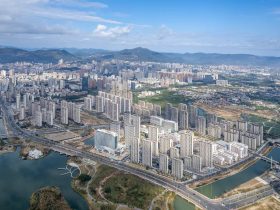


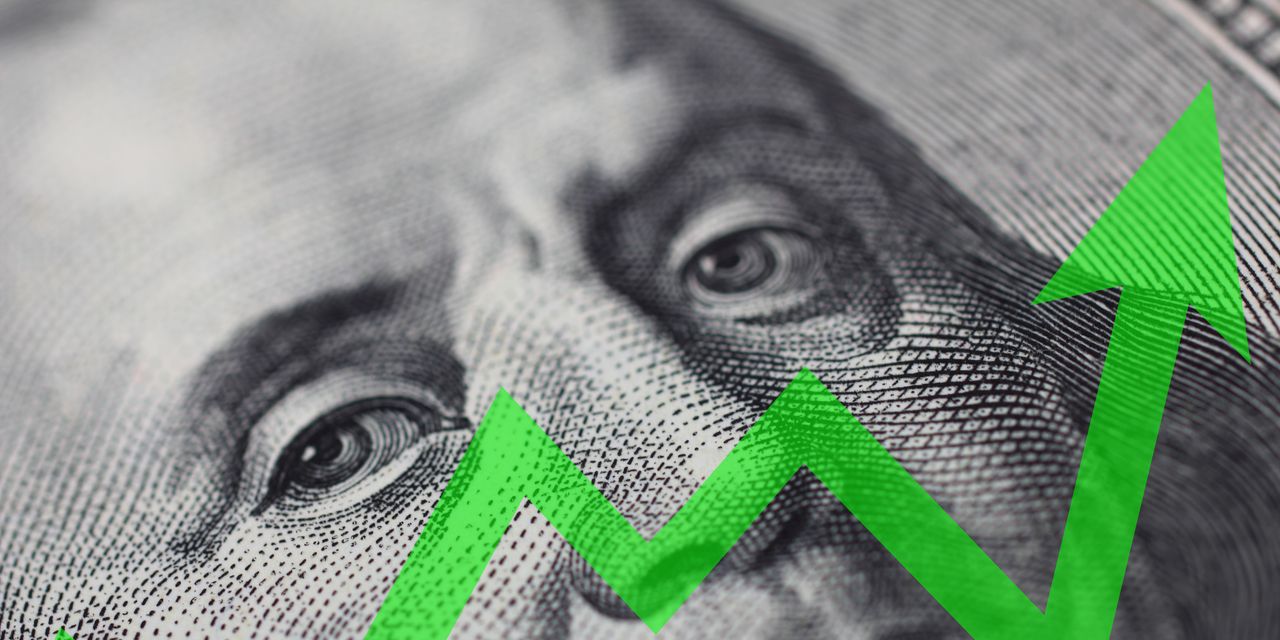

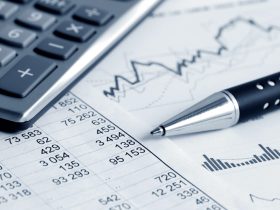
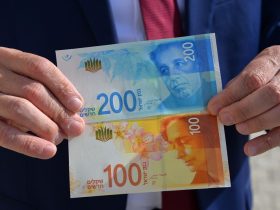
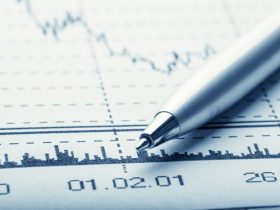
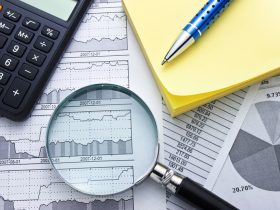
Leave a Reply